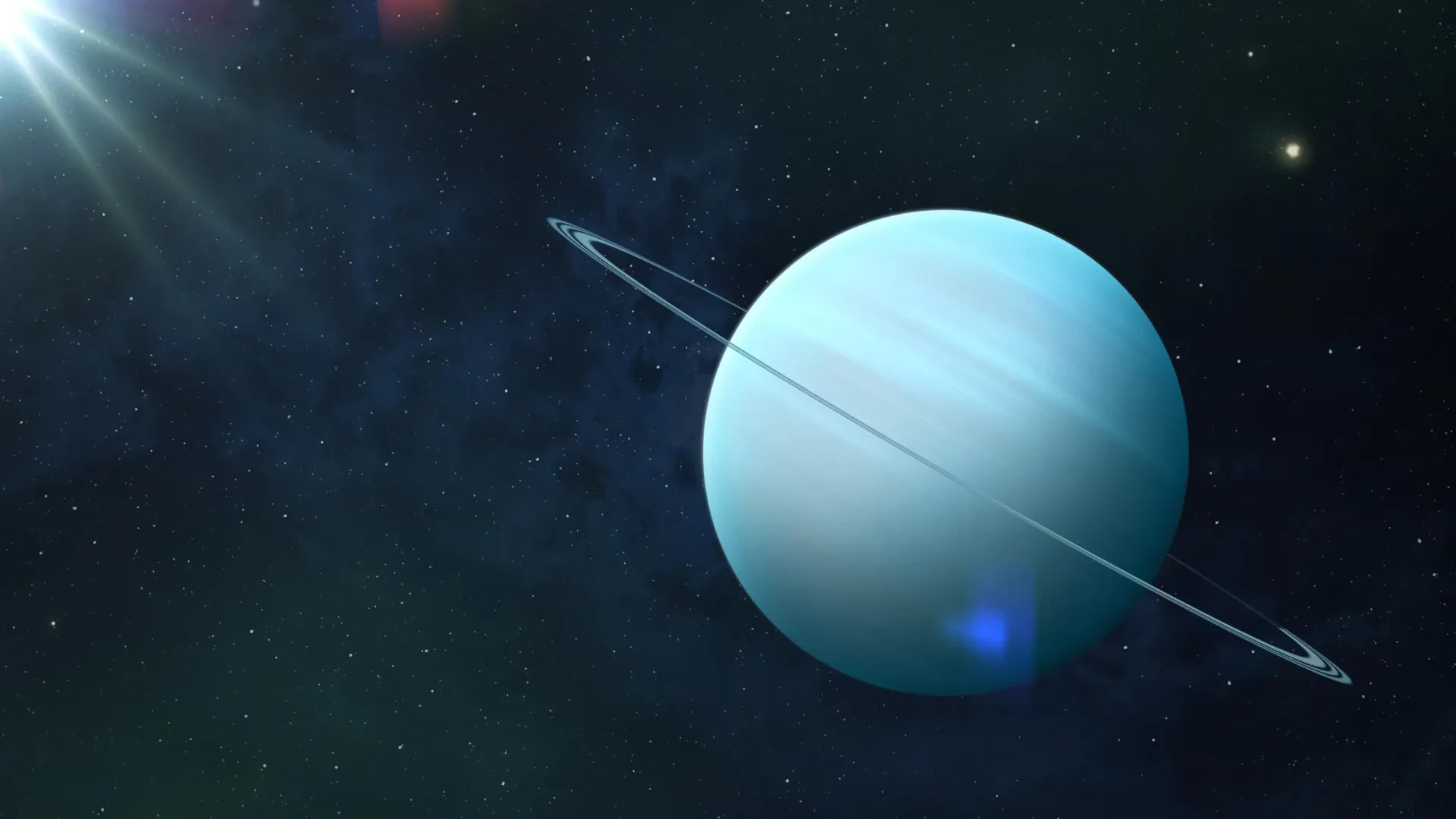Researchers from IISc and Caltech have identified why energy in photosynthesis flows through a single pathway, opening new prospects for solar energy and artificial photosynthesis.

October 13, 2025

Source:
New Scientist
Breakthrough in Electron Flow Research
Scientists from the Indian Institute of Science (IISc) and Caltech have provided concrete answers to a central question in biology: why does energy in photosynthesis travel down only one of two nearly identical electron branches in plants?
How Photosystem II Works
At the core of this discovery is Photosystem II (PSII), a complex that initiates the conversion of sunlight into chemical energy. While PSII contains two pathways—D1 and D2—electrons almost exclusively use the D1 branch for transfer (SciTechDaily).
D1 and D2 branches: Both ride inside the PSII structure, but D1 handles nearly all electron traffic.
Electron flow: The energy barrier in D2 directs electrons away, streamlining the process via D1 (Times of India).
Keep up with the story. Subscribe to the PR+ free daily newsletter

Source:
SciTechDaily
Mechanism Behind Selective Electron Flow
Advanced quantum simulations and experimental work show the landscape around the D2 branch creates a higher energy barrier. Chlorophyll in D1 is easier to excite and transfer, making the process more efficient (PNAS).
Fine-Tuned by Nature
Pigment composition: D1 and D2 use different forms of chlorophyll and pheophytin, giving D1 a lower activation threshold.
Protein environment: Even minor differences in amino acids and pigment proximity can tip the balance toward D1.
These insights illuminate a fine-tuned process shaped by evolution and answered a decades-old biological riddle (source: ThePrint).
Read More

Source:
ScienceDaily
Share this news:




















